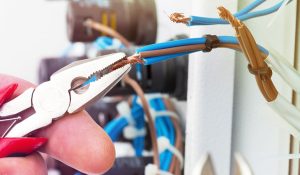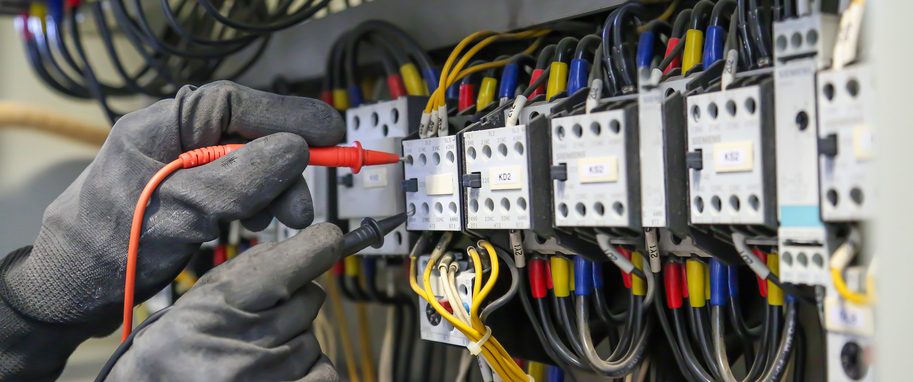Best Electrical Service
My house had knob-and-tube wiring. There were only two 20-amp circuits, one of which should have been fused at fifteen amps and the other at 30. Worse, my old electrical service was next to my narrow driveway. This made installing a new service impossible because there wasn’t enough room to install protective bollards (three-inch steel pipes set in concrete).
Electricity and services go hand in hand, and most of us wouldn’t think of Electrical service USA professionals without thinking of electric power. So understanding basic concepts like voltage, current, power, and charge is essential for communicating with electricians. And we all live under a light bulb, so we must not forget that the majority of continents are powered by electricity. But how do electricians understand our basic electrical needs? Here’s how it all works.
Normally, electrical power comes into our homes through overhead wires. These wires are called the service drop and run from a utility pole to our home. Once the electrical power reaches us, it is distributed via a local power distribution wire. The electricity then runs through our homes and businesses. This process involves three main parts: the service entrance, service drop, and service meter. Typically, electrical power comes in at the service entrance, which includes three wires: a 120-volt cable, a grounded neutral wire, and a main circuit breaker. The service drop connects to the home at the service head, which is usually located on the roof or exterior wall.
Sizes of service
Electric meters are available in different capacities. You can choose the size that suits your needs. For instance, you can install one with a capacity of 100 amps or 200 amps. However, if you need to install a bigger electrical device, you will need a higher-capacity electrical service. Here is a guide to electrical service sizes. Using these measurements can make the process easier. In addition, they can help you avoid wasting money on the wrong size of electrical service.
To determine your home’s electrical service size, you need to look at your electrical meter outside. The service pipe runs down the exterior wall. It contains the overhead and main service wires. The meter will have a glass dome on a square metal base, indicating the amount of power it can handle. If you have an older panel, you may not have a main breaker, so you will need a smaller service.

Location of service panel
The location of the service panel is important for many reasons. The most important reason to locate it is to turn on a circuit when the fuse has blown or the breaker has tripped. This is also essential for safety. If you suspect an electrical problem, turn off the circuit and shut off the power source before repairing the problem. Moreover, the location of the service panel can also be used for emergencies. Depending on the location of the breaker box, it can be installed inside the main house or a basement.
Before installing the electrical service panel, you must have the knowledge of how to operate it. The National Electric Code provides guidelines on its placement. The working space should be at least six feet six inches high and three feet squared from the wall. It should also have a working space of 30 inches all around and be spacious enough to open a door without touching it. Hence, you must be sure to follow all these instructions carefully.

Cost of service upgrade
There are many factors to consider when determining the Cost of Electrical Service Upgrade. For example, the cost of a 200-amp service upgrade can range from $1,500 to $3,000, depending on the conditions and options chosen. Additionally, the electrician must ensure that the current power line can handle the additional amperage, which may require digging up the power line in some cases. Nonetheless, the cost is usually well worth the extra convenience and peace of mind.
The cost of electrical service upgrade varies significantly by area and type of meter. A 100-amp service, for example, can cost up to $2400. The electrical meter box can cost between $200 and $700. A 200-amp or 400-amp meter box can cost anywhere from $500 to 900. The process of upgrading an electrical service will likely take around 12 months and requires a budget increase of more than a thousand dollars.


